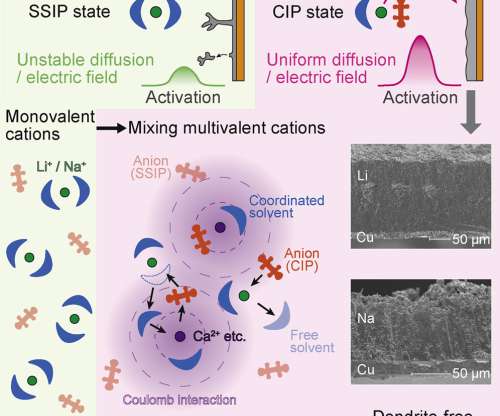ARPA-E awards $42M to 12 projects for advanced EV batteries; EVs4ALL program
Green Car Congress
JANUARY 11, 2023
The US Department of Energy (DOE) will award $42 million to 12 projects to strengthen the domestic supply chain for advanced batteries that power electric vehicles (EVs). Solid Power Operating will develop a 3D-structured Li metal anode and novel sulfur (S) composite cathode to enable high-energy and fast-charging EV battery cells.




























Let's personalize your content